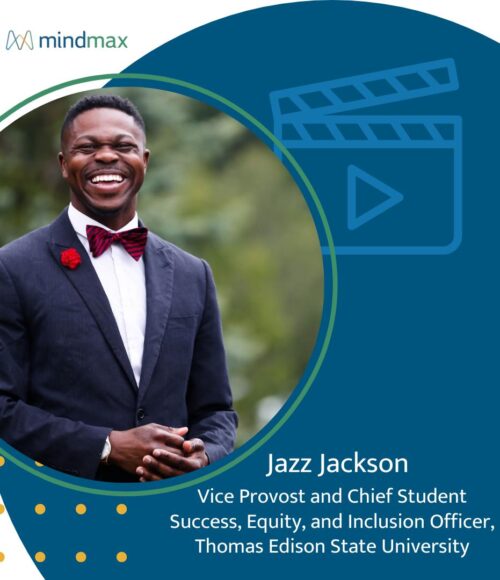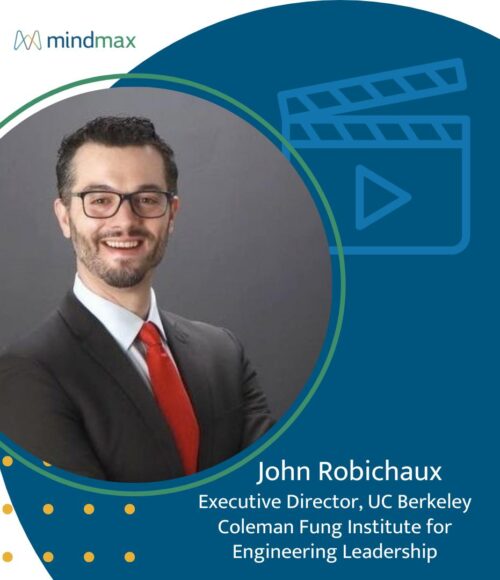Lessons in Unlearning
There are many things that people take for granted, including how to ride a bicycle and how kids should be educated. Because I have spent a large part of my life challenging the educational status quo, even as a teacher, I’ve accepted that my own perspective on learning might be different from others. But a recent post by Destin Sandlin for his video series Smarter Every Day made me think about how difficult it may actually be for most people to think differently about how we learn and how we can be educated. But even more so, it made me realize how important it is to address the shortcomings in our educational system before it gets too difficult for this generation of students to unlearn them.
Sandlin, an engineer for the Department of Defense, is a great example of how learning occurs in many places other than school. With a huge social media following of 3.5 million YouTube subscribers and 99 thousand followers on Twitter, Sandlin makes science interesting and entertaining for millions of people, many of whom might not respond as enthusiastically to the same topics if covered in a more traditional mode inside the classroom.
The backward bicycle experiment
In “The Backwards Brain Bicycle” episode of his series, Sandlin takes us through an experiment in unlearning. A group of welders he works with built a bicycle that for all intents and purposes looks like any other bicycle. The big difference is that when you turn the steering wheel to the left, the bike turns to the right instead of to the left as with a traditional bicycle. Sandlin worked over a period of eight months (for five minutes a day) trying to learn how to ride the new bicycle. The video shows him trying and failing repeatedly until one day, he was finally able to master the backward bicycle.
The lesson he shares with us is greater than that.
Neuroplasticity
As a guest speaker at universities around the world, Sandlin would take the bike with him and challenge audiences to try to ride the bike. No one could. It’s very hard to unlearn the way you were originally taught.
Sandlin also shows us his five-year-old son trying to learn to ride the backward bike, a feat he was able to master in two weeks. The difference? Neuroplasticity, says Sandlin. “Children have a much more plastic brain than adults,” he says.
What do we need to unlearn?
The majority of today’s K-12 schools are based on a century-old educational model designed to train kids to be better listeners and to follow instruction. What we now know and believe to be true, is that we need to act on and use what we are learning in order for it to have any real impact, is a difficult process to put into place given our history of education. We need to unlearn a lot of the test-driven, grade-obsessed behaviors that many of us grew up with and replace them with more meaningful engagements.
Our system of higher education bears the burden of history as well, and we see the strains of unlearning in the unbundling of the institution of higher education, with competency-based learning models, online degrees, and certifications pushing back against the traditional four-year residential model.
Changing a worldview
Sandlin describes the challenge to his brain to unlearn the old way of riding a bicycle. He says that when it finally happened, he could feel a pathway in his brain unlocking. “It was like a trail in my brain,” he says, but if he wasn’t paying attention, his brain would lose that neural path and get back on that old road that he was familiar with.
Changing the way people have been thinking about learning and education for hundreds of years is no simple task either. Apparently, it’s like learning to ride a backward bicycle.
Related Ideas
Jazz Jackson Wants to Help Every Student Finish What They Start

John Robichaux Wants Lifelong Learning to Drive Public Impact
